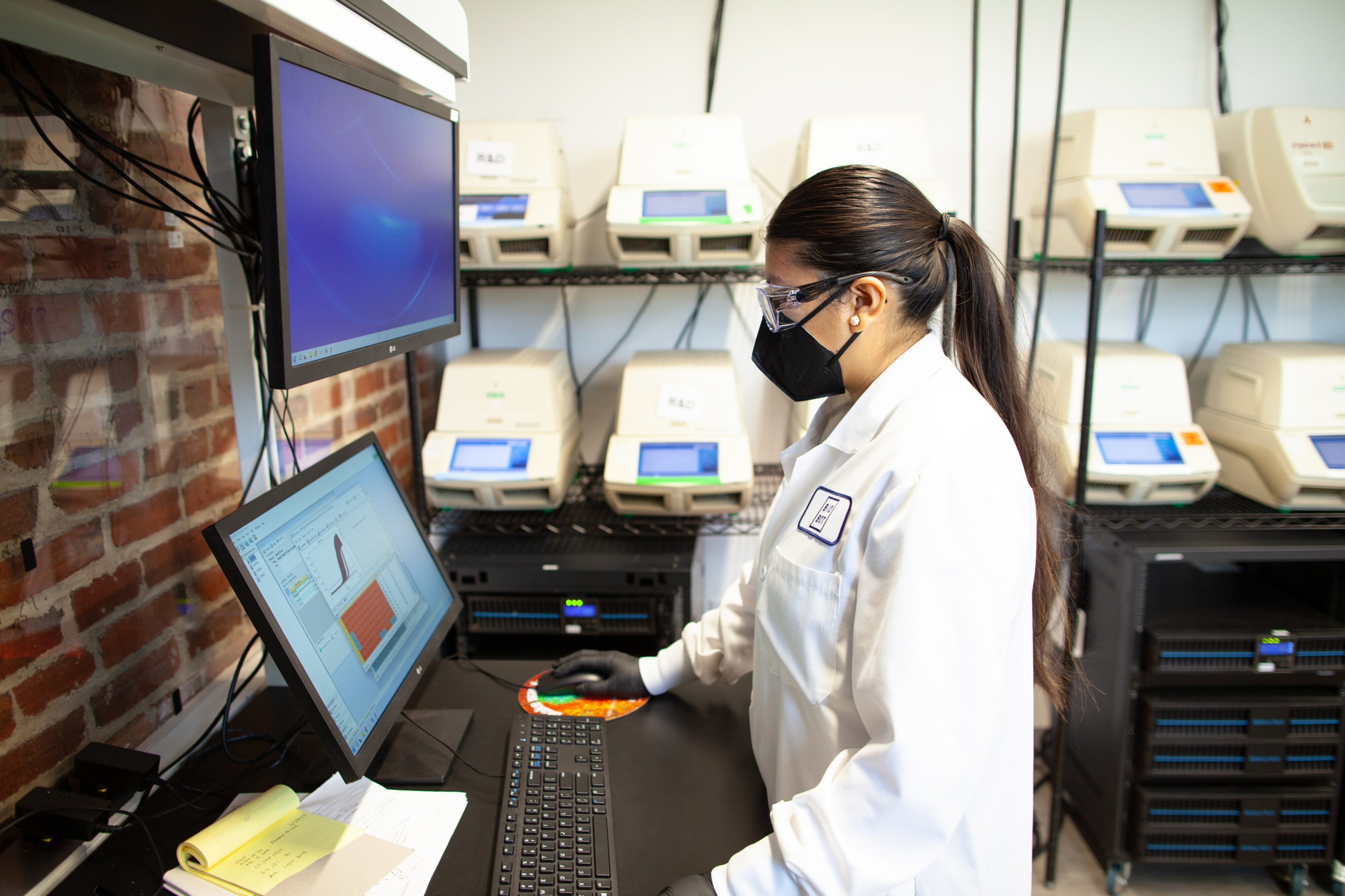
Blog
Public officials must rethink strategies to protect communitiesHoles in the Data Picture Sound an Alarm

May 11, 2023
On May 11th, the COVID-19 public health emergency (PHE) came to an end.
On the one hand, the development is a relief, as it signals the official end to a deadly pandemic that has taken millions of our loved ones from us. On the other hand, it heralds troubling changes in our ability to get a comprehensive view, both national and local, of the COVID-19 data story, and to manage future risks from an ever-evolving virus.
Here, we describe the status quo and coming changes, the resulting risks to public health, and the importance of acting quickly and decisively to protect communities nationwide.
The emergency enabled national data aggregation
To effectively tackle a public health threat, a detailed picture of the population’s health is needed. Due to the local nature of both public health, and health care delivery in the United States, creating a national picture of COVID-19 was challenging early on in the pandemic, hobbling efforts to defeat the virus.
Declaring a public health emergency changed the rules of the game. The emergency allowed the federal government to compel players across the nation to unite in a singular effort to combat the spread of disease: private hospitals, nursing homes, clinics, and labs, together with state and local health departments, all reported COVID-19 data, including virus concentrations in wastewater, weekly rates of new infections, test results, hospitalization rates, remaining hospital beds, and deaths.
Despite disparate reporting streams and other hurdles in collecting COVID-19 data, the public health emergency freed up funding that allowed health departments to successfully report COVID-19 data, resulting in one of the most comprehensive disease monitoring systems in U.S. history.
This comprehensive data picture allowed for better management of the pandemic. Public health officials have had access to community-level data from many data sources, enabling them to make decisions specific to their community. Individuals have made data-based decisions based on their own health status. At the national level, the federal government has acted on the big picture.
Post-emergency, we lose essential data
It is painful to contemplate going backwards in time, to less data, but that is what the future holds.
With the end of the PHE most reporting requirements for both private and public sector players also come to an end.
Labs will no longer have to report COVID-19 tests and their results, which means the percent positivity metric will be biased and incomplete. While hospitals will still report data through April 2024, they may send data less often. Without a uniform federal requirement, how states and countries track data will vary, and what they will share with the federal government will differ from one place to the next. Many states are expected to continue sharing vaccination data, though it will no longer be required.
Very simply: this is extremely troubling. In the age of information, we will be receding into a place where we’ll know less.
The available information will be based on a reduced dataset. Hospitalization data, though less complete, will continue to be a CDC data source, albeit a 10-14 day lagged indicator of health. Emergency room data and mortality data will still be available. And luckily, wastewater testing will continue to help provide an early warning on levels, trends, and variants of concern.
Wastewater intelligence presents an powerful path forward
So the big picture we’ve become accustomed to, based on several data sources, will disappear. But wastewater intelligence as a data source will be unaffected, and monitoring will continue as one of the best (and only) ways to understand disease burden, trends, and monitor for new variants of concern.
Importantly, the COVID-19 crisis emphasized the need for a well-coordinated, national early warning system for emerging public health threats. Ongoing nationwide monitoring is essential for biosecurity, so we can be alert and prepared for any new threat that presents itself. This could be a deadly pathogen, emerging or re-emerging. It could be an illicit drug, driving overdoses. It could be the flu. Whatever comes next, we shouldn’t be scrambling to build infrastructure after we become aware of the threat.
So what can public officials do to ready capacity now? How can you ensure you get the picture you need?
Wastewater intelligence provides a simple, cost-effective monitoring option for governments and businesses in your own communities. It’s inclusive, it’s anonymous, and it doesn’t require multiple contracts or onerous changes in regulations. Moreover, wastewater monitoring can provide data that will help you take action on everything from emerging infectious diseases to substance use in your community.
Wastewater intelligence data can warn you about new health threats before a trickle of cases becomes a flood, before hospitals are overwhelmed, and before the death toll of our most vulnerable populations rises.
Written by Biobot Analytics
Biobot provides wastewater epidemiology data & analysis to help governments & businesses focus on public health efforts and improve lives.





